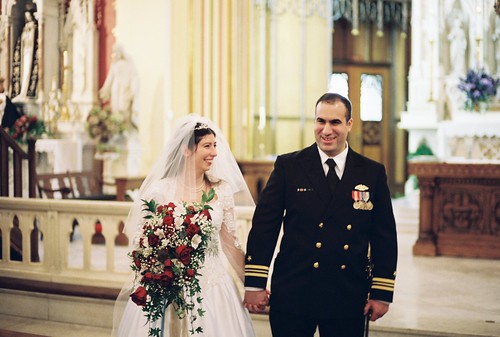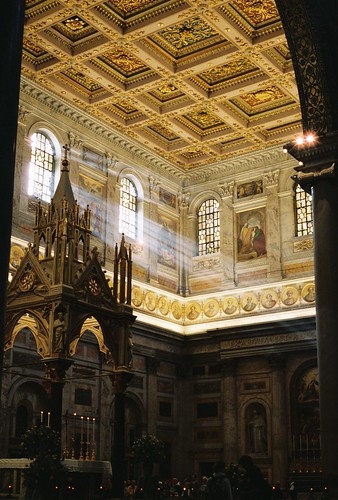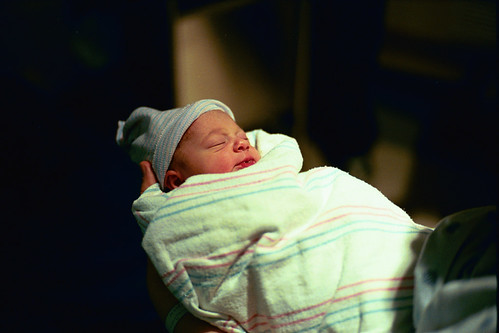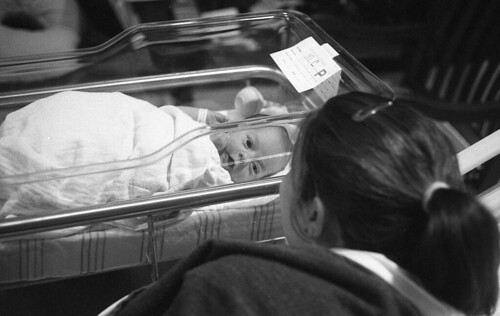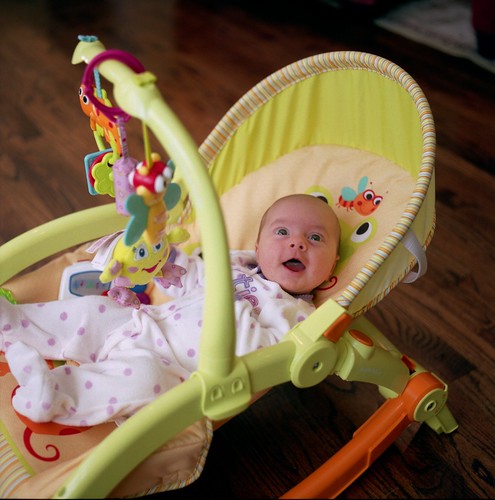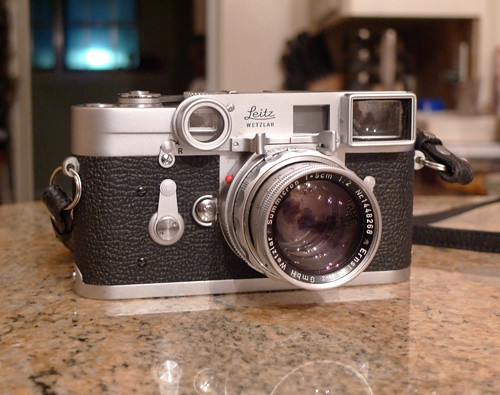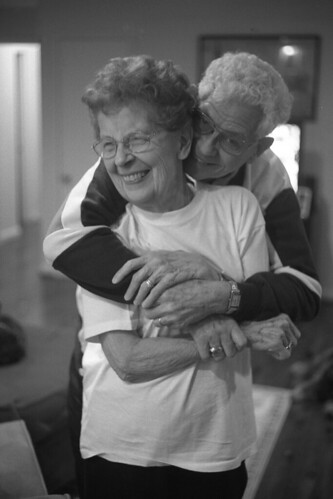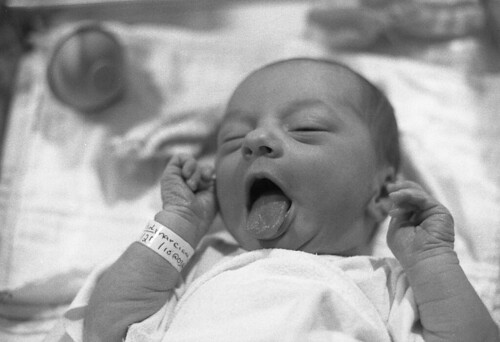Developing is also fun and the turnaround time is much quicker.
Here's the breakdown of costs:
Fixed Costs
- Tank System -Patterson tank system is cheap and easy - $23 new, but you likely can also find used gear.
- Changing Bag - If you don't have a really dark room to unload the film, you need one of these. Get a big one as it makes life easier. - $30
- Thermometer - you should already have one.
- Storage Bottles - You can save milk bottles if you want reduce cost. I find official bottles with graduated markers to be useful.3 x $3 = $9
- Scissors - everyone should have this
- Bottle Opener - everyone should already have this
- Squeege - $7 - but any semi-hard rubbery surface will do and you wipe off one size at a time.
- Film Hanger - $3 - I also successfully use bag clips.
- PhotoFlo - $8 - helps wisk water away. Add it to the final rinse. You need about 2 drops per 10 oz. With 600 drops per ounce, this pint size container will last a long time. I'm going to treat it as a fixed cost.
Variable Costs
- Developer -D-76 $9 - One gallon of powder makes 128 fluid oz which is further diluted to 256 oz. Each reel needs about 16 fluid oz. So you get about 16 uses, which comes out to be $0.56 per roll.
- Stop Bath - Kodak $6 - One pint concentrate bottle. Mix 3 ml per liter of dilution solution, and again apply about 10 oz of dilution solution. You get 533 uses per pint of concentrate. This is about $0.012 per roll. Or you can use tap water.
- Fixer - Kodafix - $7 - One quart of concentrate makes one gallon of solution. You can reuse solution 120 times. This would technically work out to be over 1500 uses per quart of concentrate, but there is some attrition (you don't get 100% when you pour the fixer back in the bottle). If you can reclaim 99% of the solution, you'll get 250 uses, or $0.028 per roll.





